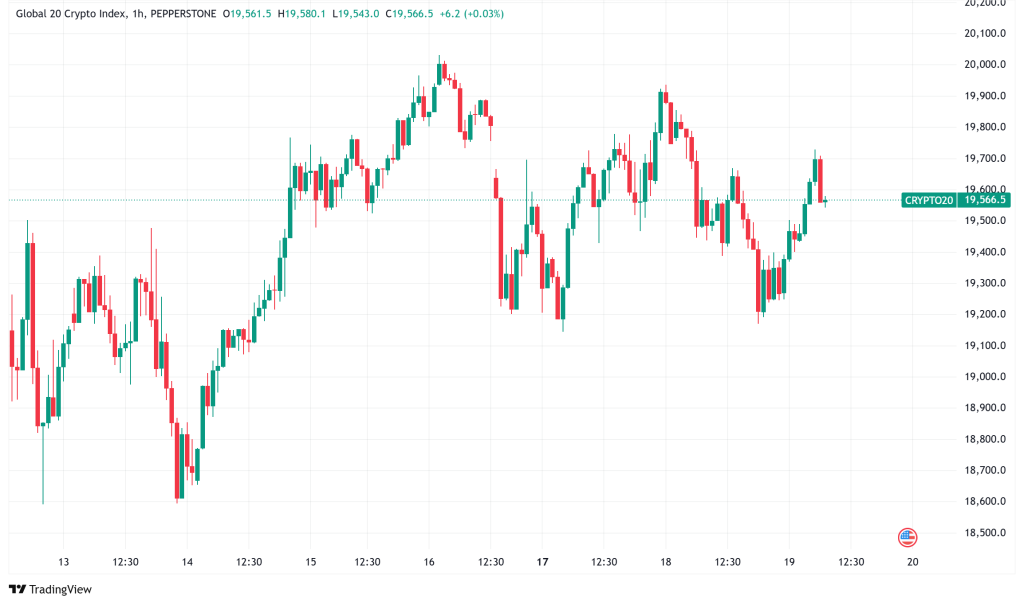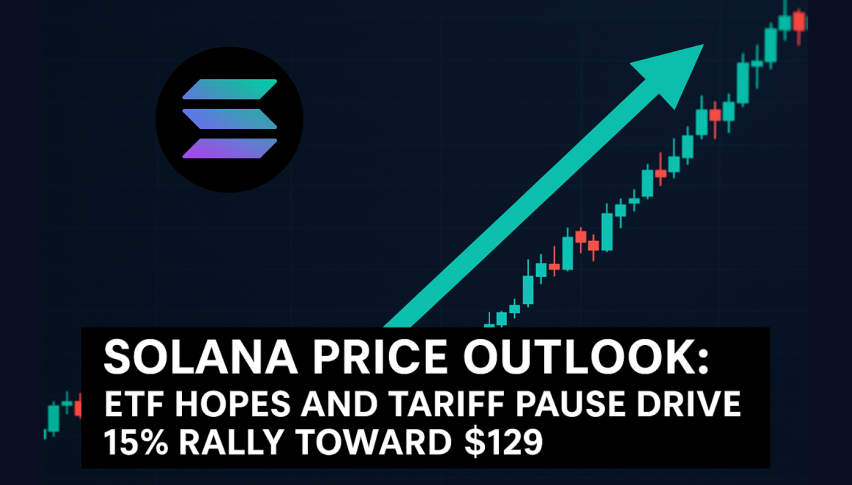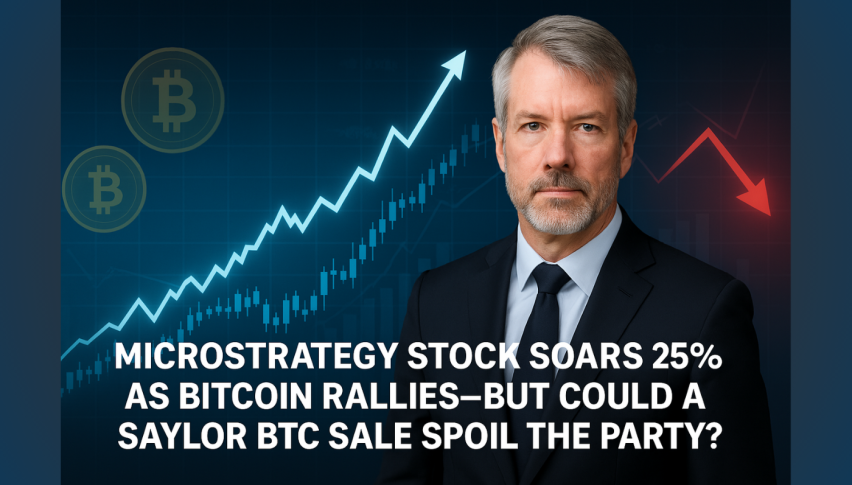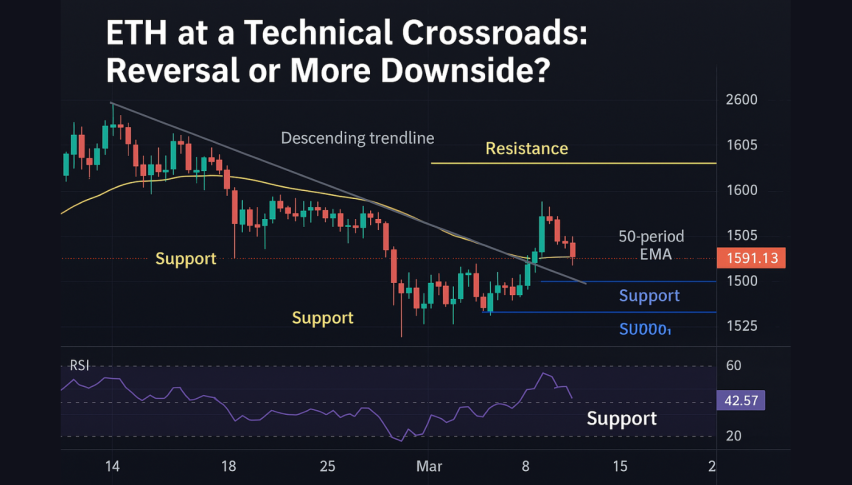Daily Crypto Signals: Bitcoin, Ethereum Lead Divergent Market as Fed Decision Looms
Bitcoin maintains strength near $82,000 while Ethereum struggles below $2,000, reflecting shifting dynamics in the crypto ecosystem amid anticipation of the Federal Reserve’s policy announcement.

Crypto Market Developments
As traders get ready for the Federal Open Market Committee (FOMC) meeting on March 19, the cryptocurrency market is displaying increasingly divergent performance across major assets. Unlike past FOMC meetings when traders usually cut leverage and risk exposure beforehand, Bitcoin futures open interest has stayed shockingly steady leading into this announcement, maybe indicating less worry about the Fed’s choice.
Stablecoin rules seem to be gathering steam in Washington at the same time. Citing the Senate Banking Committee’s recent bipartisan 18-6 ratification of the GENiUS Act, Bo Hines, executive director of President Trump’s Council of Advisers on Digital Assets, said the Digital Asset Summit in New York that stablecoin regulation is “imminent.” Hines anticipated that “the next two months” final legislation might find its way to President Trump’s desk.
Bitcoin Holds Above $82,000
Despite usual pre-FOMC volatility, Bitcoin BTC/USD is showing resilience and is remaining rather constant around $82,611. With exceptions like the pre-halving surge of February 2024 and the interest rate decreases of September and November 2024, historical patterns imply Bitcoin prices often drop after FOMC decisions to maintain rates.
Regarding institutions, US spot Bitcoin ETFs are displaying conflicting results. Though most funds saw withdrawals in March, Grayscale’s Bitcoin Mini Trust ETF (BTC) defied the trend with positive net inflows. With withdrawals of $552 million against merely $84.6 million in inflows, BlackRock’s iShares Bitcoin Trust (IBIT) experienced the most notable losses. But a recent surge happened on March 17 when net inflows for spot Bitcoin ETFs totaled $275 million, maybe indicating shifting investor mood before the Fed’s pronouncement.
Ethereum Extends Underperformance
Trading around $1,930 after declining below $2,200 on March 9, Ethereum ETH/USD keeps underperforming compared to the wider market. Declined 14% in March, the second-largest cryptocurrency is far less than the 4% reduction in the whole crypto market during the same time frame.
Complicating Ethereum’s situation, distributed exchange (DEX) volumes on its network dropped 34% last week, impacting layer-2 solutions as Base, Arbitrum, and Polygon. Rivals like BNB Chain have witnessed a 27% rise in DEX activity meanwhile. More troubling for Ethereum fans, PancakeSwap on BNB Chain generated more fees than Uniswap during seven days—$22.3 million collected.
Ethereum saw a 9% weekly drop that has closed the difference with rivals even though it still leads in total value locked (TVL) at $47.2 billion. With some analysts predicting the ETH/BTC slump could last well into 2025, market mood toward ETH seems to be progressively negative. Technical indicators reveal the pair has reached oversold area several times without finding a bottom.
Solana CME Futures Attract Over $2M in Trades at Launch
Solana SOL/USD debuted on March 17 with CME futures contracts that attracted $12.1 million in trading activity on its first day. When normalized for market capitalization, Solana’s performance more closely matches those of its rivals, even if this figure fell well behind the CME futures launches of Bitcoin and Ethereum.
From the memecoin market—especially following the release of the Official Trump (Trump) token—to the stablecoin environment, where Solana and Tron have amassed a combined $75 billion by using reduced transaction costs, the blockchain has been acquiring ground in many spheres.
Reflecting more general market difficulties, Solana also had a 3% loss in TVL and a 29% dip in DEX activity during the last week despite these improvements. Nonetheless, experts remain hopeful about Solana’s long-term future since its inclusion on the CME can boost institutional involvement, thereby enhancing liquidity and price discovery.
Impact of Cardano’s Inclusion in Trump’s Digital Asset Stockpile
After President Trump’s March 2 declaration that it would be placed in the US Digital Asset Stockpile (DAS), Cardano ADA/USD has attracted notice. The inclusion set off industry-wide astonishment and examination of ADA’s principles and applicability.
Proponents highlight Cardano’s research-driven approach, delegated proof-of-stake mechanism, and ambitious decentralized governance model through Project Catalyst. The January 29 Plomin hard fork marked a transition to “full decentralized governance,” granting ADA holders voting power on parameter changes, treasury withdrawals, and hard forks.
Critics counter that Cardano’s low blockchain activity relative to rivals. Cardano handled an average of 71,500 daily transactions and produced barely $1.8 million in quarterly fees in Q4 2024, a fraction of Ethereum’s $552 million in the same period. ADA’s fit for a government-managed asset portfolio remains debatable with a stablecoin market share of just 0.01% and only 0.3% of the whole DeFi ecosystem.




